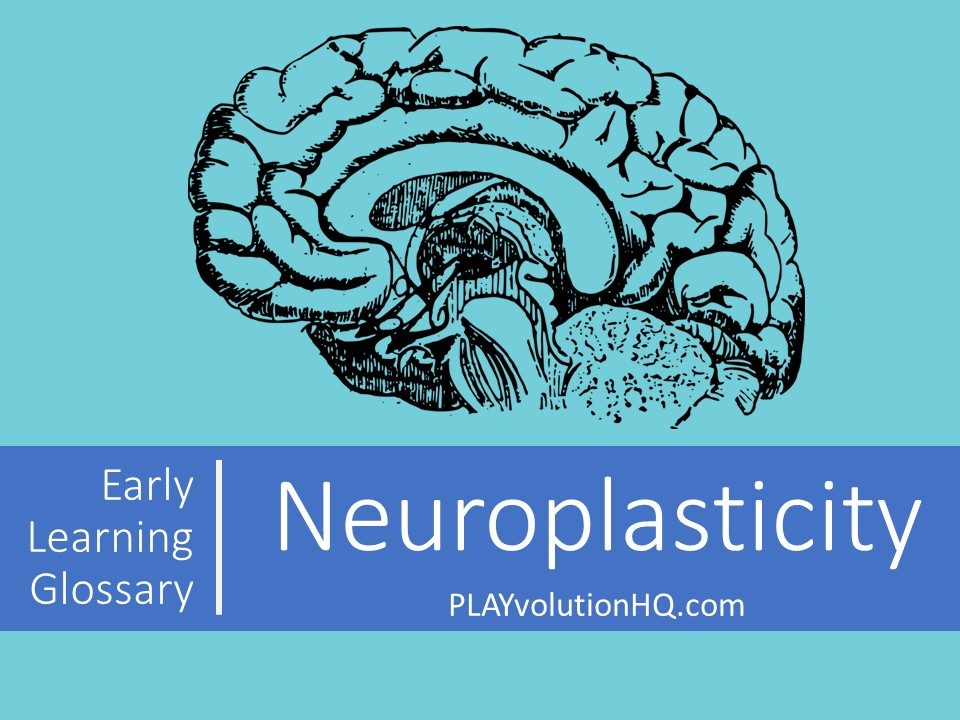
Table of Contents
What is Neuroplasticity?
Neuroplasticity is the brain’s remarkable ability to adapt, reorganize, and form new connections throughout a person’s life. Often described as the brain’s “flexibility,” it allows the nervous system to change in response to experiences, learning, injury, or even environmental shifts. This concept challenges the old belief that the brain’s structure and abilities are fixed after childhood. Instead, neuroplasticity shows us that the brain remains dynamic, capable of growth and repair at any age.
How It Works
The brain is made up of billions of neurons, the cells that communicate with each other through connections called synapses. Whenever we learn something new—like a child taking their first steps or an adult practicing a new hobby—the brain strengthens or creates new synaptic connections. Conversely, unused connections may weaken over time, often summarized as “use it or lose it.”
Neuroplasticity happens in two main ways:
- Structural Plasticity–The brain physically changes its wiring. For example, when a child practices piano, the areas of the brain responsible for finger coordination and sound recognition grow more substantial and more efficient.
- Functional Plasticity–The brain shifts responsibilities from one area to another. If a stroke damages the part of the brain that controls speech, other regions can sometimes adapt to take over that role with therapy and time.
Here’s a short video explaining neuroplasticity:
Why It Matters
For parents and professional caregivers, neuroplasticity underscores the power of early experiences. A child’s brain is especially “plastic” in the first few years of life, making it a critical window for learning language, social skills, and emotional regulation. Positive interactions—like snuggling, playing, and talking—shape their brain’s architecture. But even beyond early childhood, the brain remains adaptable. A teenager struggling with math or a child with a learning disability can improve with consistent practice and support, thanks to neuroplasticity.
Real-Life Examples
Here are some examples:
- A toddler learns to walk after falling dozens of times because their brain adjusts with each attempt, refining balance and coordination.
- A stroke survivor regains the ability to hold a spoon after months of therapy, as their brain reroutes control to undamaged areas.
- A child with dyslexia improves reading skills through targeted interventions that strengthen weak neural pathways.
Supporting Neuroplasticity
Here are some ways to support neuroplasticity:
- Encourage Repetition–Skills grow stronger with practice. Whether tying shoes or solving puzzles, consistent effort builds neural connections.
- Create A Stimulating Environment–New experiences spark brain growth. For example, offer variety— loose parts, music, games, and outdoor play.
- Be Patient–Change takes time. The brain needs repeated exposure and rest to solidify new pathways.
- Promote Emotional Well-Being–Stress and anxiety can hinder neuroplasticity, while a safe, supportive environment boosts it.
Wrap-Up
Neuroplasticity is a wonder of human biology—the brain’s way of adapting, learning, and healing.
Thoughts On This Entry?
I’d love to hear your thoughts on improving this entry and suggestions for additional glossary additions in the comments below. You can also contact me with comments or concerns.
Contribute content to Playvolution HQ
Brought to you by Explorations Early Learning
Browse Trainings
Post Author
Jeff Johnson is an early learning trainer, podcaster, and author who founded Explorations Early Learning, Playvolution HQ, and Play Haven.


Leave a Reply